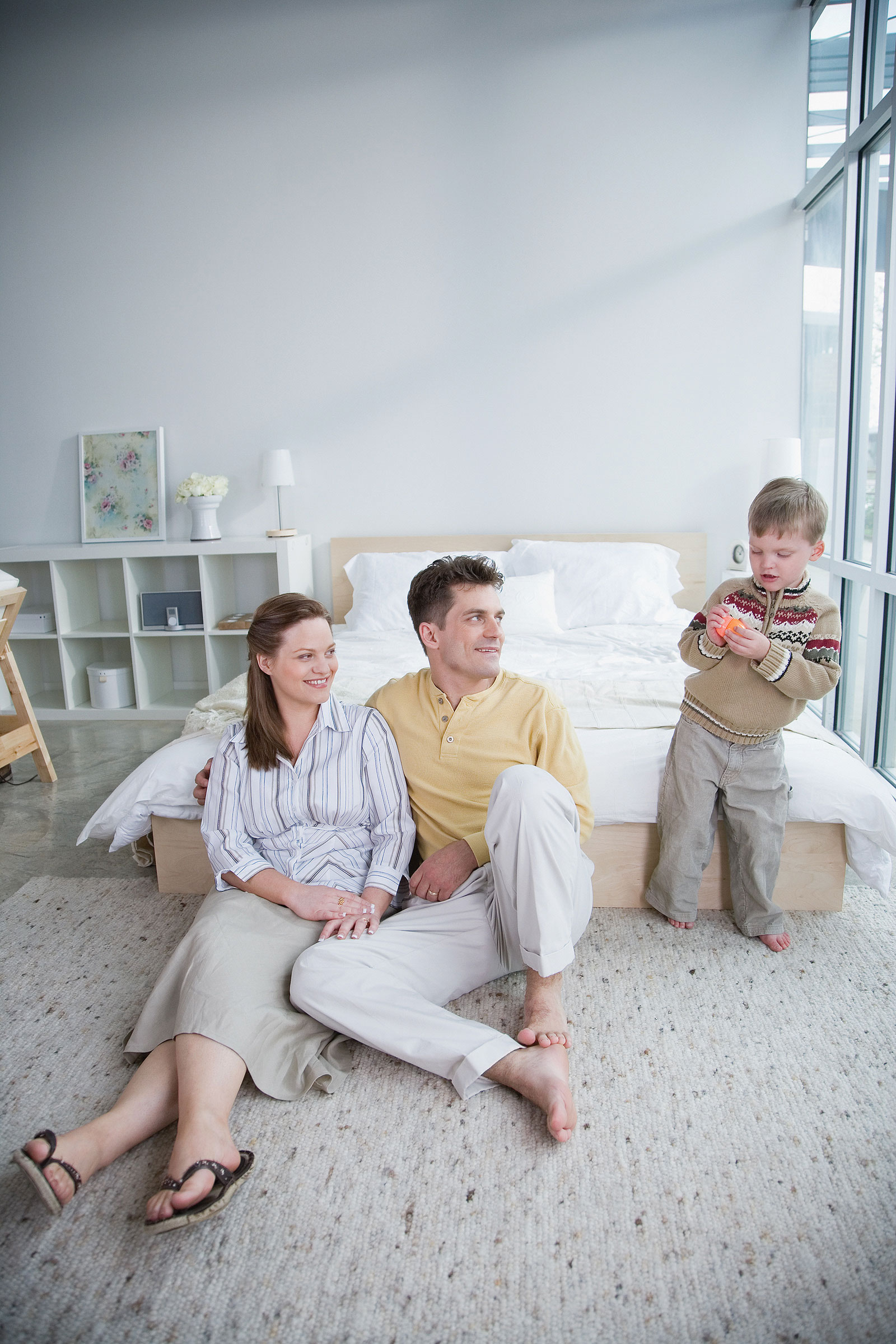Nickelodeon recognizes that play is at the very heart of childhood, so as we continually work to understand today’s families, it’s critical to recognize how kids, tweens and teens approach and engage in play. And to help the process, we’ve teamed up with Tennessee-based Smarty Pants Research to explore the current state of play among today’s kids in our latest report.
One of our biggest discoveries is a major shift in the nature of play. For one, parents now control conversations around play in the home. Everything from expressing concerns about the safety of outdoor play to imposing an educational outcome on it is taking away from kids’ pure enjoyment of play. Don’t get us wrong—they still love their free play, but indulging in unstructured play is just not as easy as it once was.
How kids are playing today makes some parents uncomfortable because it’s very different from when they were children. Play was much more linear for previous generations—there was always a beginning, middle and an end. Now play is much more layered and available in different levels with various options that can be stopped, rewound and replayed in any sequence. As such, play is accompanied by acts of achievement much more frequently. (Think video games, which are driven by the need to earn points and move up levels.) Not surprisingly, technology is at the forefront of this evolution.
That said, some parents are clearly having a hard time adjusting to the new reality of play, and there are some concrete reasons why kids are seeking “permission to play.” Interestingly, there is a glaring parental paradox driving this notion. On the one hand, some parents have trouble with the ever-present role of technology in their kids’ lives. There are concerns that kids are logging too much screen time on computers and gaming consoles, thus impeding their time to play outside. On the other hand, safety concerns make frolicking freely outdoors much more difficult for kids than it once was. In fact, more than 70% of parents agree that “it’s often unsafe for kids to play outside the way I did when I was young.” Consequently, while parents struggle with safety concerns, kids yearn for more outdoor play—69% of kids would prefer to “play outside” than “play inside.”
Kids aren’t the only ones looking for permission to play. Moms, it turns out, are less willing to just let go and play, especially compared to dads who tend to be the “fun parent.” And it’s largely because of their role as CEO of the household that moms have a harder time abandoning the rules. As a consequence, structured play with set rules or guidelines is assuming a bigger role in the play process. A full 70% of the adults we surveyed agree with this, contending that structured play is “good for keeping kids safe and out of trouble.” Kids, however, enjoy more unstructured, spontaneous activity. According to kids, 53% wish they didn’t have to plan to play with friends ahead of time. Furthermore, 60% of kids prefer to play with “something I/we make up the rules or instructions to.” Even so, kid-directed play continues to be an issue, as parents have come to dominate play more and more.
At the end of the day, the vast majority of kids and adults agree that play should be “purely fun.” As conversations around the forces working against play continue to take place, it will be interesting to see how this behavioral shift plays out in the foreseeable future.
This concludes our report on the state of play among today’s kids and families. Next month, Kaleidoscope will take a look at the impact of bullying on kids and teens.

Permission to play
Kids are finding play is not as fun as it used to be as parents exert more control.
February 8, 2011
























